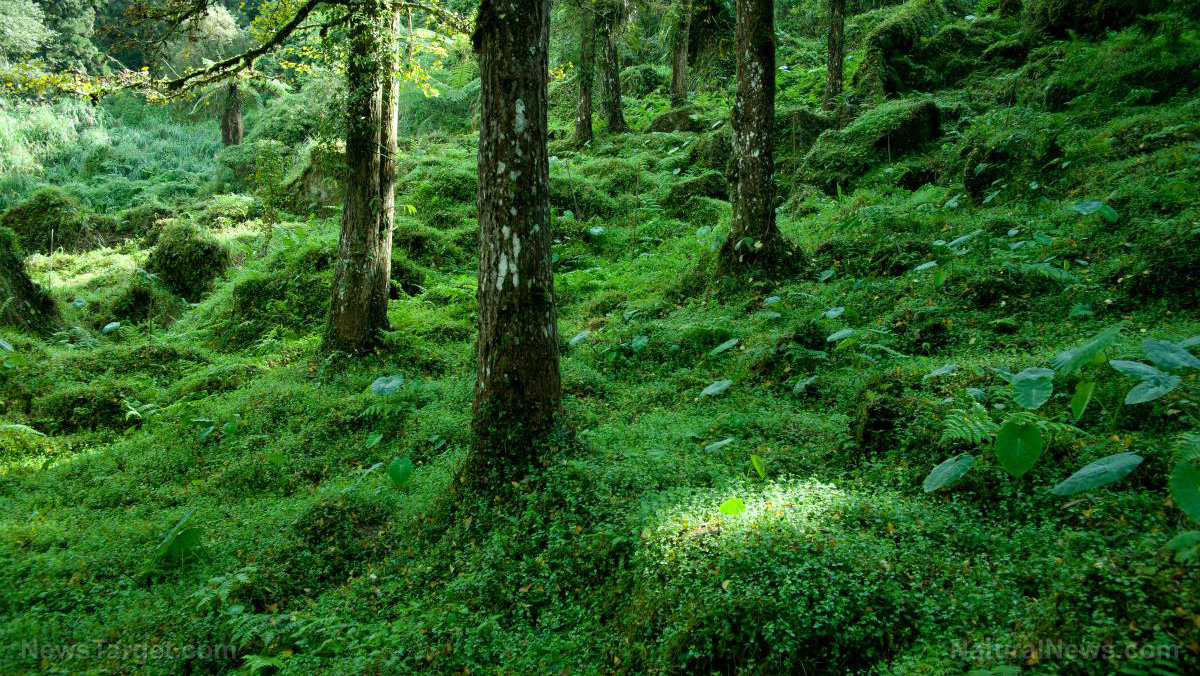
The idea of trees talking – and humans understanding them – is a hot topic in environmental science. But for Suzanne Simard, a biologist and a pioneer of inter-plant communication research from the University of British Columbia, the idea that trees talk isn’t up for debate. In her 1997 doctoral thesis published in the journal Nature, Simard first demonstrated that trees are capable of communication and share an intelligence similar to insect colonies.
Decades of research and further studies later, Simard described and elucidated the mechanisms behind these inter-plant connections and ecological relationships in a TED talk on the secret language of trees.
Redefining communication
The concept of a “tree language” isn’t as far-fetched to Simard as it might seem to experts and skeptics alike. Simard has devoted more than three decades of her career among trees and forests in attempting to understand their behaviors, the ecological relationships among them and the mechanisms behind both.
For decades, scientists understood little about the supposed connections and relationships among trees. For this reason, Simard’s initial work was groundbreaking at the time, as it had been the first of its kind not only to postulate that there is such a thing as inter-plant communication but also to explore this concept.
In her TED talk, Simard describes trees as being capable of communication, thanks to an underground maze of fungal connections. Trees use these connections to exchange signals, she adds, in order to communicate and trade nutrients.
She notes that these connections are entangled, such that a group of trees or an entire forest behaves as if it is a single organism.
Through her research, Simard established that the complex relationships among trees are reminiscent of the intricate neural connections inside the human brain. In fact, forests even have so-called “mother trees” that act as the central hub or information center, much like the brain.
These mother trees are also capable of sending out nutrients to stricken trees. Interestingly, she also found that trees that are too sick to recover can send out their remaining nutrients to their neighbors before expiring.
Using radioactive carbon dating, Simard was able to take a much closer look at these interactions. For instance, she found that Birch trees losing their leaves receive extra carbon from Douglas Firs. In turn, Birch trees confer extra carbon to Douglas Firs that do not get enough sunlight.
All in all, these processes make it possible for trees to survive through harsh conditions.
But on rare occasions, the fungi that trees use to communicate can also be hijacked by selfish trees. However, this type of activity is limited to select plant species. In general, Simard found trees to be altruistic and quite generous in sharing their nutrients.
There is a lot more cooperation involved than there is competition, she adds.
The anthropomorphic nature of trees
Perhaps most lauded for his books on trees and other ecological themes, German forester and author Peter Wohlleben also subscribed to the idea that trees talk to each other.
But unlike Simard, he took it further, describing trees as being capable of human-like abilities, such as deciding, remembering and demonstrating personalities.
He goes as far as claiming that trees are anthropomorphic. People look at nature as if it is a machine and plants as robotic, programmed according to a genetic code, he notes. But much about the ecological communities and connections underground remains unclear.
Nonetheless, foresters, biologists and ecologists agree that trees are social beings capable of both competition and commensalism or mutualism.
Trees are competitors that struggle against each other for light, space and nutrients, Wohlleben notes, recounting his experiences as a forester. But on the flip side, trees are also capable of sustaining each other, supporting stricken trees, nurturing saplings, and keeping out invasive tree species.
Trees use their roots to recognize their “friends” or “families,” he adds. These same roots are thought to be behind trees’ abilities to spot and recognize other trees that are not members of their communities.
That being said, these remain suppositions and theories until further research can be done. Nonetheless, these uncertainties just underscore the fact that a host of possibilities remain in attempting to understand the underground connections among trees and entire forests.
Taken together, these current studies and research efforts on the “hidden life” of trees and forests confirm at least one thing: Trees speak a language that humans are yet to understand. (Related: Trees are good for your emotional health: Study determines living on the edge of a forest is good for your brain.)
Read more articles about trees and the ecological relationships among them at Ecology.news.
Sources include:
Please contact us for more information.























